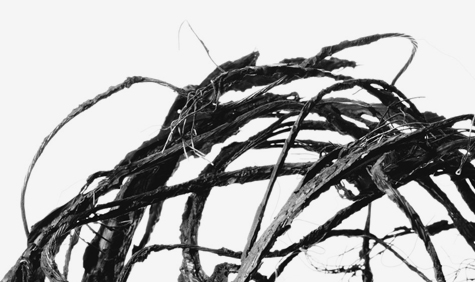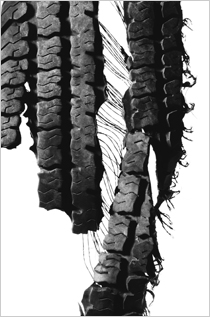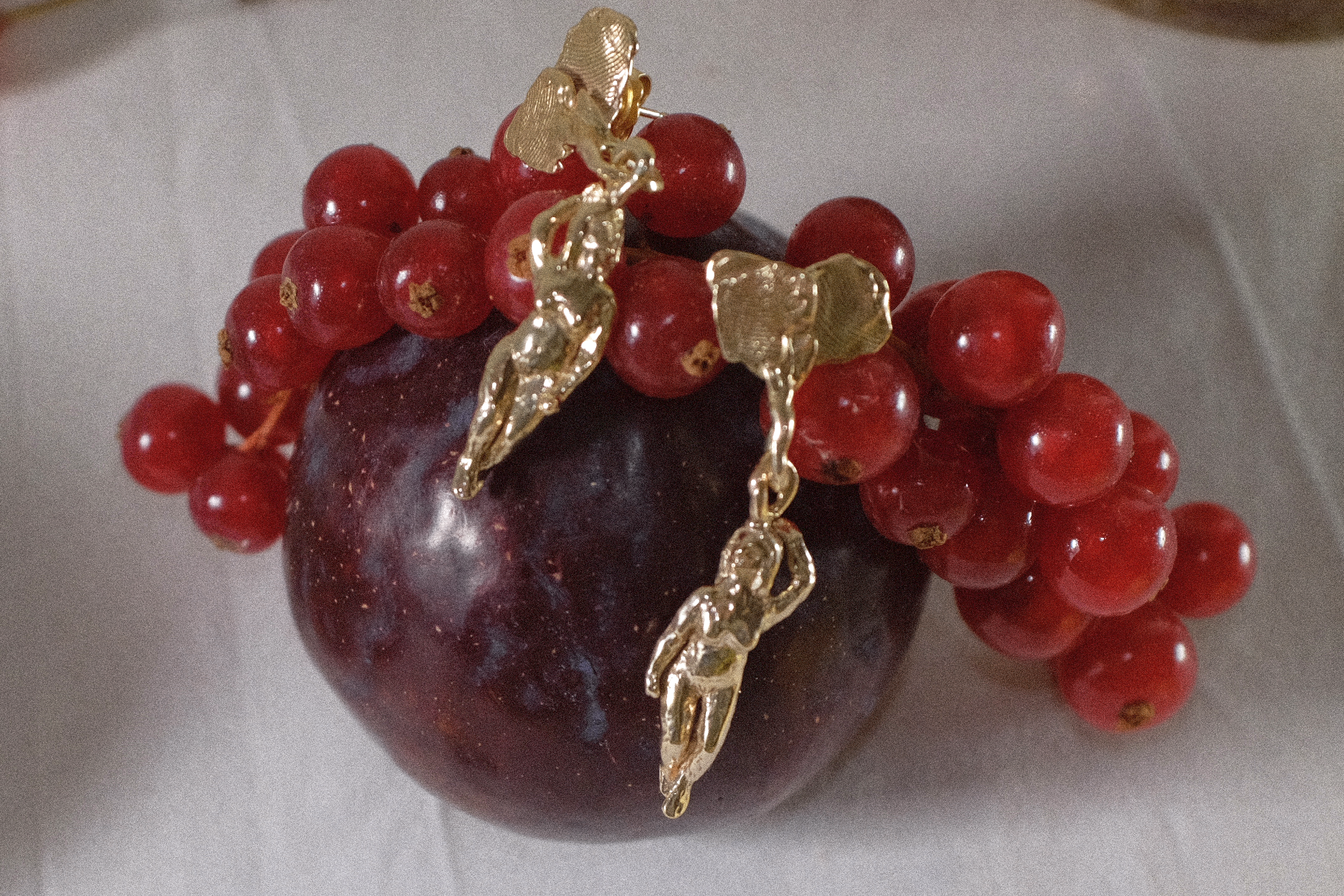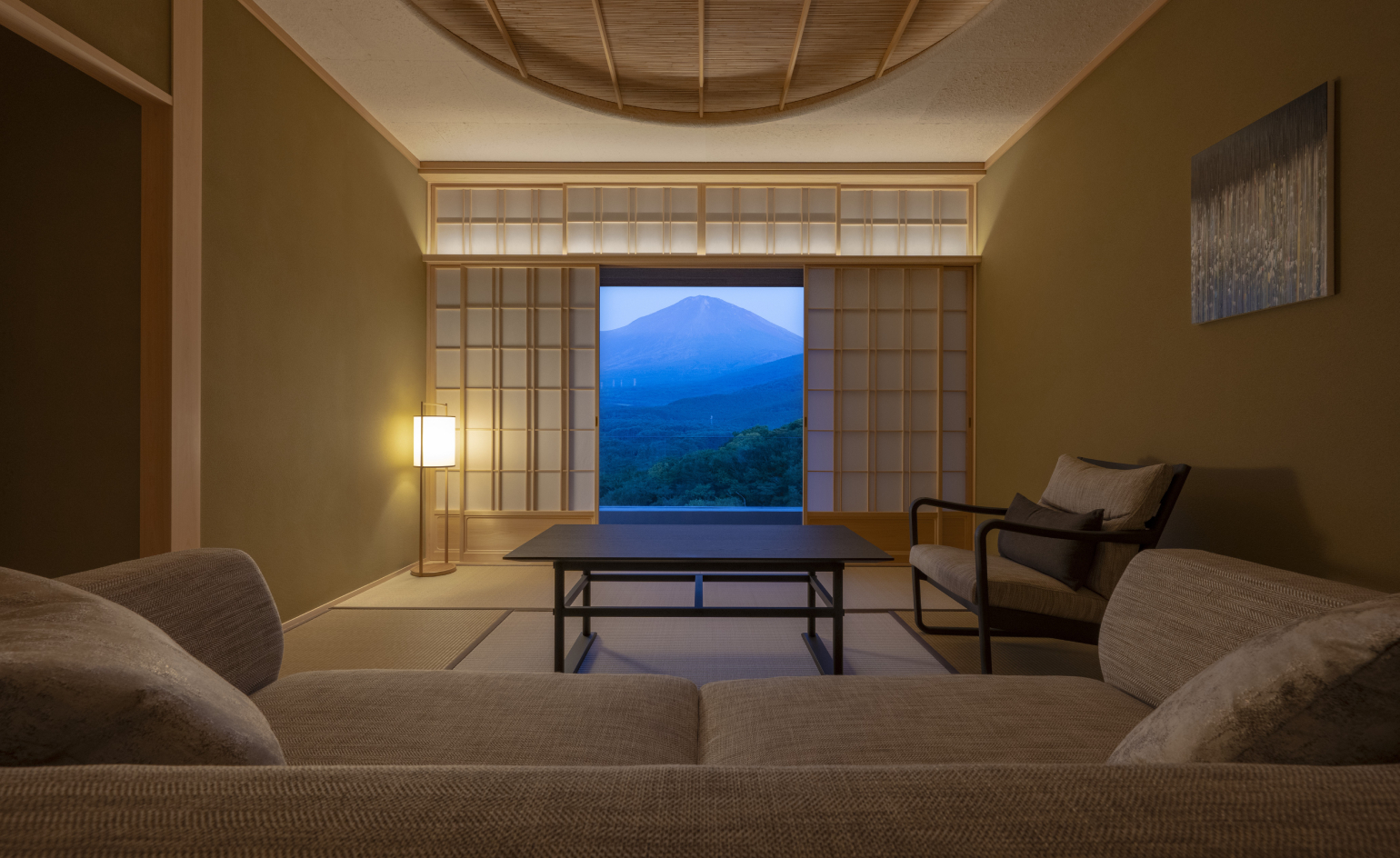Christopher Griffith exhibition, Berlin

It’s no surprise that photographer Christopher Griffith has a doctorate in genetic engineering. His latest series, Blown, examines a peculiarly mundane subject - discarded tyres - as you’ve never seen them before.

The coiled black shreds of ripped rubber, stark and strangely beautiful against a clear white background, resemble more closely strands of animal DNA or magnified muscle fibre than stray bits of junk left by the side of the road.
Griffith’s impressive portfolio of work spans the gamut of photographic endeavour, from fashion and architecture to still life, advertising and portraiture. He’s also had a long relationship with Wallpaper*, shooting helicopters for us back in 2000 (W*28) and BMW concept cars last October (W*103).
His photography is vivid and visually precise, and his non-commissioned work tends to focus on subjects that might otherwise attract little attention (power lines in Tokyo and autumn leaves, for example). This latest series is no exception, inviting us to re-examine the familiar in stunning form.
ADDRESS
Kochstrasse 60
10969 Berlin
Receive our daily digest of inspiration, escapism and design stories from around the world direct to your inbox.
Harriet Lloyd-Smith was the Arts Editor of Wallpaper*, responsible for the art pages across digital and print, including profiles, exhibition reviews, and contemporary art collaborations. She started at Wallpaper* in 2017 and has written for leading contemporary art publications, auction houses and arts charities, and lectured on review writing and art journalism. When she’s not writing about art, she’s making her own.
-
 The White House faced the wrecking ball. Are these federal buildings next?
The White House faced the wrecking ball. Are these federal buildings next?Architects and preservationists weigh in on five buildings to watch in 2026, from brutalist icons to the 'Sistine Chapel' of New Deal art
-
 Georgia Kemball's jewellery has Dover Street Market's stamp of approval: discover it here
Georgia Kemball's jewellery has Dover Street Market's stamp of approval: discover it hereSelf-taught jeweller Georgia Kemball is inspired by fairytales for her whimsical jewellery
-
 The best way to see Mount Fuji? Book a stay here
The best way to see Mount Fuji? Book a stay hereAt the western foothills of Mount Fuji, Gora Kadan’s second property translates imperial heritage into a deeply immersive, design-led retreat